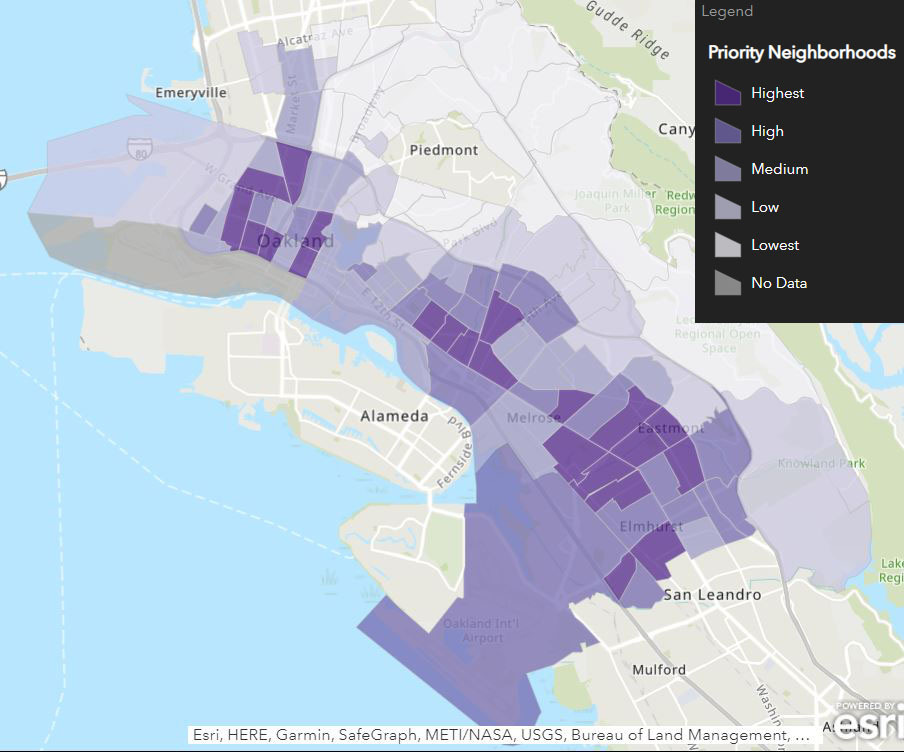Thank you for your interest in the City of Oakland’s Flex Streets - Street Closure program! This aspect of the program is intended to support business and organizational operations during COVID-19 by repurposing one or more vehicle traffic lanes for space for outdoor operations as permitted by the Alameda County Health Orders. If the area is represented by a Business Improvement District (BID) or other merchant organization, the district or organization should submit one unified proposal.
If you’re interested in using the sidewalk or parking spaces for business operations, you can find more details here.
